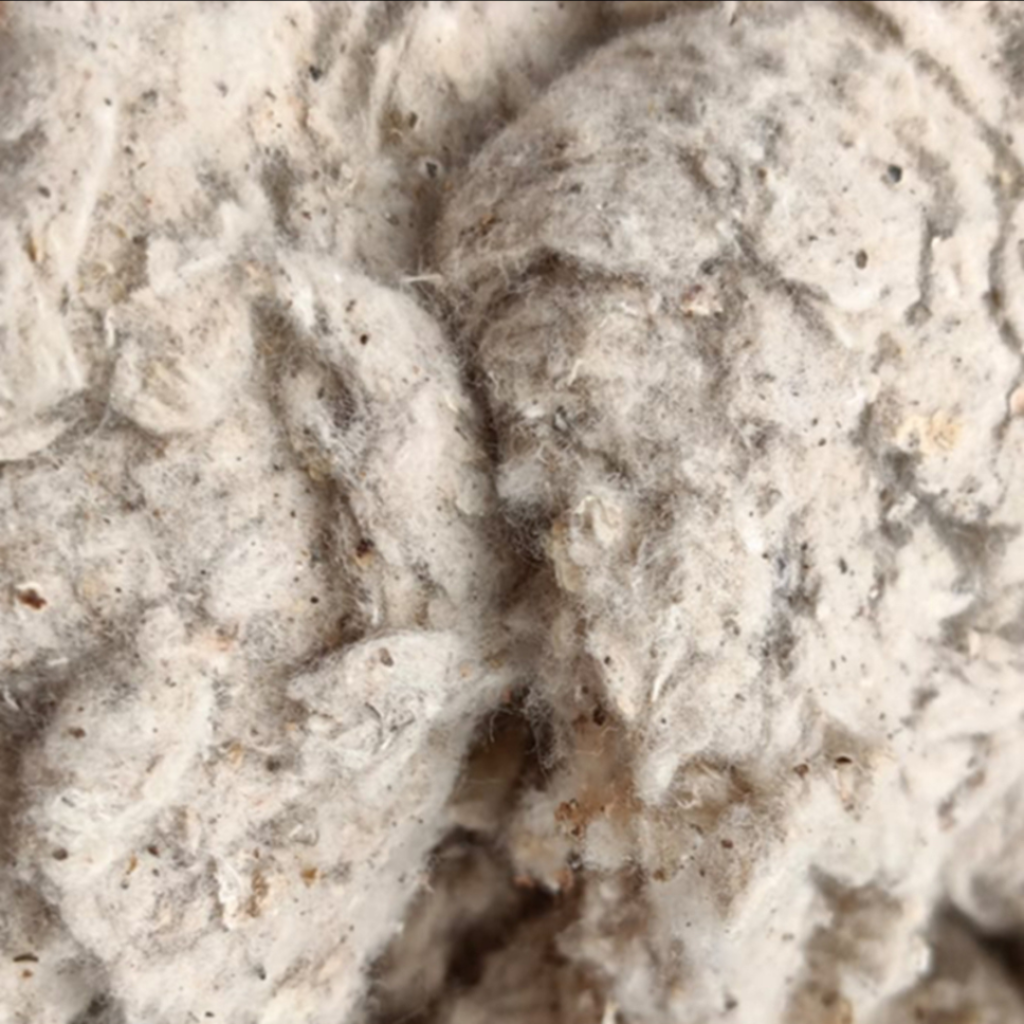
A beater cleaner for dust and international matters as well as a steel detector are then made use of to accomplish dry cleaning. Fibers are then air conveyed to your feeding machine for further more cooking step.
Natural and organic cotton is normally understood as cotton from crops not genetically modified and that's certified to become grown with no utilization of any synthetic agricultural substances, such as fertilizers or pesticides.[83] Its creation also encourages and boosts biodiversity and Organic cycles.[84] In America, natural and organic cotton plantations are required to implement the Nationwide Organic System (NOP).
Out of those three compounds, the seed meal can be used as livestock feed for cows and chickens, and the meal and hull can be used for soil optimization via fertilizer. This demonstrates how cotton's contribution extends to food creation and soil enrichment.
Along with the press for lessening plastic squander, cotton linters have emerged to be a beneficial source inside the manufacture of biodegradable plastics. The cellulose extracted from cotton linters can be transformed into bioplastics, which decompose far more commonly than common plastics.
Significant Purity: Includes really substantial cellulose information with minimum impurities like lignin and hemicellulose.
Organic cotton is usually softer than traditional cotton since it is harvested by hand, preserving the integrity of the fibres. It is additionally absolutely free from substances, which makes it a more sensible choice for those with sensitive pores and skin or allergy symptoms.
, commonly cultivated for their seed-hair fibers. One of the earth’s main agricultural crops that has a extended history of use, cotton could be produced into a number of biodegradable fabrics.
Nonetheless, its shorter fibre length may lead to a rather rougher texture in comparison with other styles, notably soon after numerous washes.
Cotton linters are small fibers discovered on cottonseeds following the ginning approach. Contrary to the extensive fibers Utilized in textiles, linters are sensitive, fluffy fibers measuring merely millimeters in length.
Until mechanical cotton pickers were made, cotton farmers required added labor to hand-choose cotton. Picking cotton was a source of income for people across the South. Rural and modest city faculty units had break up holidays so kids could function during the fields for the duration of "cotton-choosing."[58]
This element is helpful for cotton clothing as it helps in dampness absorption, trying to keep the skin dry and cozy.
Its large tensile strength and resilience lead to its longevity. Blending with polyester or special finishes can greatly enhance its Homes even further. These properties make cotton a versatile choice in the textile industry.
Cotton linters boast Remarkable absorbency, creating them ideal for programs wherever dampness retention is essential. Their great, silky texture permits easy Mixing with other cotton linters elements, improving the standard of conclusion products and solutions.
Lint contamination also offers what could be the most major danger of injury to fragile mechanical units.[eighteen][19] In order to reduce lint contamination, workers entering thoroughly clean rooms are normally required to put on an outer layer of outfits made out of artificial fibers which can be longer and thicker, and as a consequence Considerably not as likely to get rid of any materials.
Comments on “Everything about cotton linters”